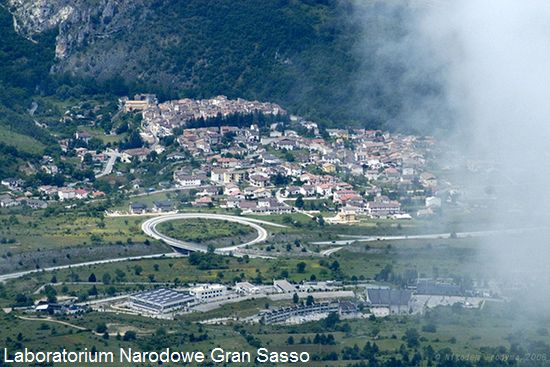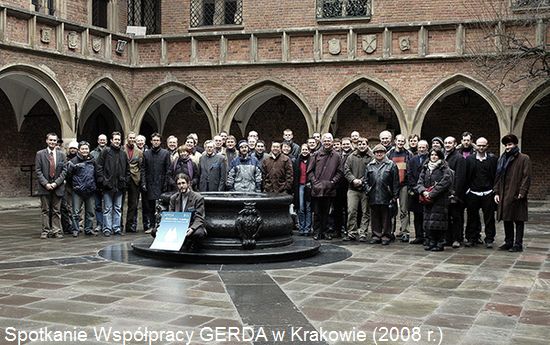GERDA experiment: a breakthrough to come?

In Gran Sasso massif in Italy, approximately 1.5 km beneath the ground, the team from the Institute of Physics, the Jagiellonian University, in collaboration with European physicists, is carrying out the research, the results of which may shed new light on the structure of matter and the evolution of universe.
The scientists carefully observe highly pure germanium crystals, which are kept deeply frozen in liquid argon. The results of the research, to be prepared and made public in the near future, may help to answer the question whether neutrinos are their own antiparticles. The confirmation of this thesis may result in reformulation of the Standard Model of particle physics, which is a fundamental model describing the world of physics.
"The best way to check whether neutrino is its own antiparticle is to observe a radioactive disintegration, also known as neutrinoless double beta decay. This phenomenon has never been explicitly confirmed, so if it occurs it must be extremely rare", says Prof. Marcin Wójcik from the Institute of Physics of the Jagiellonian University.
Professor Marcin Wójcik is a member of GERDA council bringing together 100 researchers from 14 institutes from Poland, Germany, Switzerland, Belgium, Italy and Russia, who participate in the first stage of that research project carried out in Laboratori Nazionali del Gran Sasso in Abruzzo.
Contact details: Prof. dr hab. Marcin Wójcik, JU Institute of Physics, tel. 12 663 5715, email: ufwojcik@if.uj.edu.pl

Published by: Łukasz Wspaniały
Uniwersytet Jagielloński

